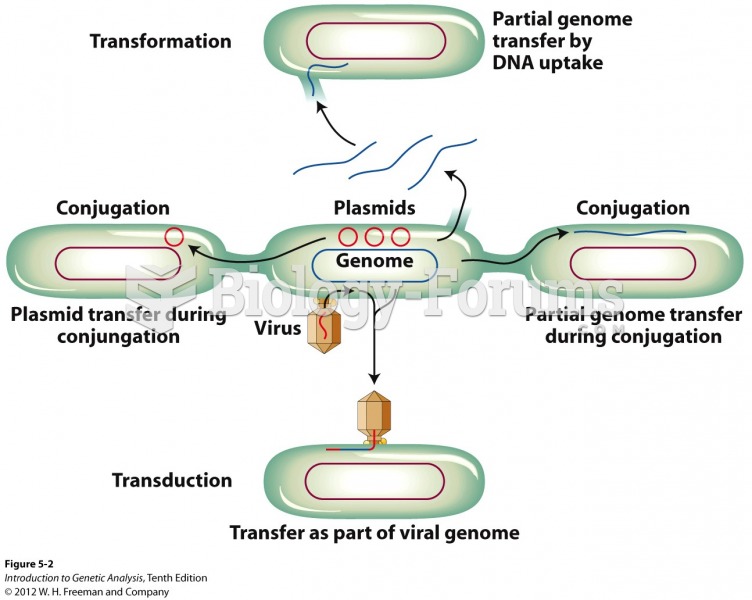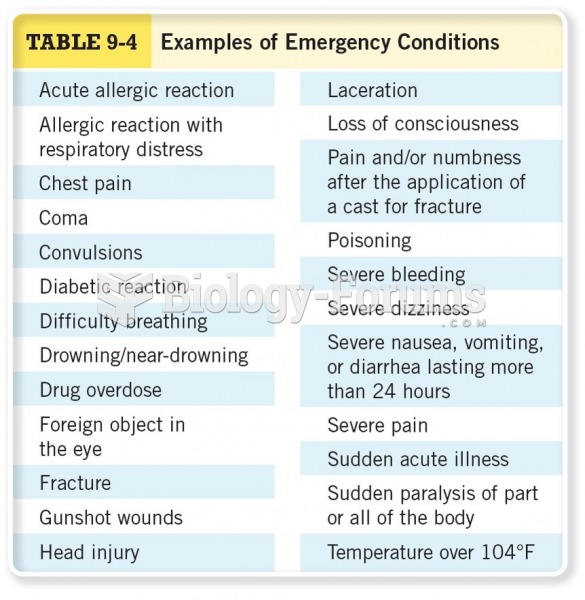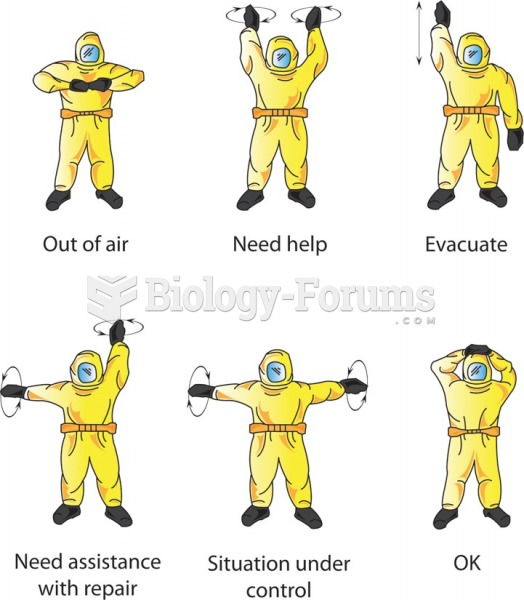Answer to Question 1
B, E
Telestroke programs improve outcomes for patients with ischemic stroke. Upon arrival to the emergency department with symptoms of a potential ischemic stroke, the stroke specialist can examine a patient, obtain medical history and review computed tomography studies remotely. Patients can receive tissue plasminogen activator before transfer to a tertiary medical center, if warranted. The manager needs to determine how well images are forwarded and their clarity upon receipt and obtain funding for interactive live videoconferencing so the stroke specialist can examine the patient remotely.
Collaborating with pharmacy on the amount of drugs needed on hand would be done after the telestroke program was implemented. This action is not part of getting the telehealth process started, although once approved, it would be important to ensure adequate supplies were on hand.
Special telephones are not needed.
Robotic technology is not needed.
Answer to Question 2
B
Having a sound safety plan for both herself and her children would be the priority for this woman.
Giving the woman resources and information is very important, but it is not as comprehensive as helping her create a safety plan for herself and her children.
Allowing the woman to make phone calls from the clinic phones (which cannot be monitored or traced by the abuser) is a valuable service to offer, but it is not as comprehensive as helping her create a safety plan for both herself and her children.
Letting the woman know that you are available to help her will be important both now and in the future, but it is not the best answer because it is not as comprehensive or safety oriented as helping her create a safety plan.






